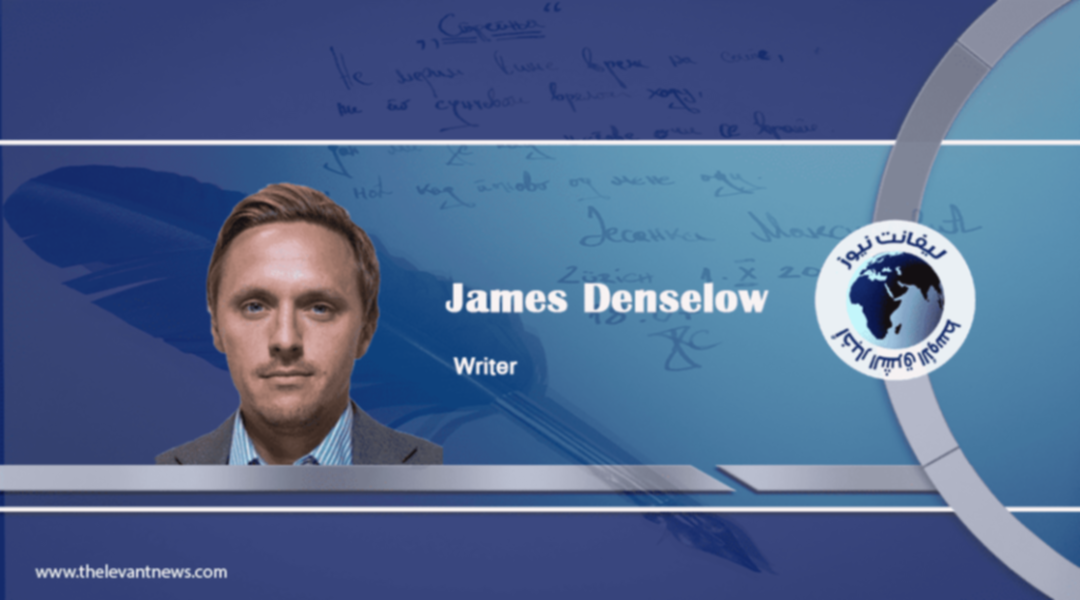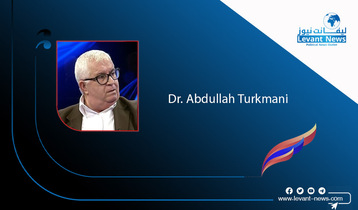-
The War in Ukraine – 100 Days In

At the start of June, we will mark 100 days since Russia launched its self-styled ‘special military operation’ into Ukraine. This milestone is an opportune time to assess what is the direction of events on the ground in the country and zoom out to see what these 100 days have done to the world’s geopolitics.
The first and most important thing to learn from what happened is that it happened at all. One country invading another seems such a relic of human history. A multitude of world leaders has described the initial attack as a ‘paradigm shift’ in international relations. Historians will perhaps one day chart the journey from post-Cold War American unipolarity to a return of the unpredictability of a multipolar world where there is no single accepted ‘rules-based order’.
A failing of global governance and people asking serious questions as to the membership of the UN Security Council and its ways of working, veto and all, is significant as have been attempts to push more votes into the UN General Assembly. Interestingly whilst the US and its allies have been pushing a regular drumbeat of Ukraine debates at the UN, wider non-Ukraine linked work has continued relatively unperturbed.
The second biggest narrative of the war so far is that it is still going. Experts predicted an overwhelming Russian force that would swamp Ukraine and its capital Kiev like a Tsunami wave. Foreign embassies fled the country and the Americans famously offered President Zelensky evacuation and his response has become famous; “the fight is here; I need ammunition, not a ride.”
The ability of Ukraine’s armed forces to resist a Russian capture of their capital and then push back Russian forces to the border, with the help of significant arms supplies from the West, was not predicted. The morale and determination of Ukraine’s forces, with decision making devolved to units able to operate independently in difficult urban conflict settings has been in dramatic contrast to Russia’s forces. Russia’s army was seemingly unprepared for the operation with many reports suggesting that soldiers were surprised to find themselves transitioning from a training mission to an actual operation.
Military experts have frequently citied that low morale is demonstrated by soldiers who don’t look after their vehicles and the huge shopping list of destroyed Russian armour does not show a happy force. Such has been the performance of the Russians so far that criticism is even being heard on Russian television, especially after the botched attempted crossing of the Donbas that resulted in hundreds reported killed. Russia has supposedly lost more soldiers than in the entire Soviet occupation of Afghanistan, including several Generals. It has also suffered the loss of its flagship Moskva warship and the embarrassment of a lowly resourced barracks on Snake Island refusing to surrender despite the overwhelming odds.
Yet the narrative of Russian failure in the first phase of the war does not rule out a future success. The fact is that the Russians have rejigged their war aims from an attempt to capture the capitol to a focus on winning territory in the east of Ukraine. The fall of Mariupol allowed Moscow to claim a land bridge between Crimea and Russia proper and they are currently looking to grid down and envelop Ukrainian forces in the east.
Russia’s blockade of the Black Sea and led to perhaps the most devastating humanitarian fallout of the war. Whilst focus has understandably been on Ukrainians under the bombs or fleeing the country, the knock-on food crisis caused by the Russian invasion will impact on tens of millions elsewhere. Russia and Ukraine were among the top five exporters of wheat in 2020 and a nascent global hunger crisis, particularly in the Horn of Africa, may turn into full scale famine. Interestingly Russia is attempting to negotiate its way around and out of sanctions through promises to open access to the Black Sea.
The scale of micro and macro change caused by the Ukraine conflict is difficult to process considering the short time it has occurred in. What will things look like in 200 days? Peace talks between the two sides have fallen apart and the growing toll of death and destruction will make a resolution harder to envisage. We are in a difficult and dangerous phase of what could remain a generational defining conflict.

BY: James Denselow
You May Also Like
Popular Posts
Caricature
BENEFIT Sponsors BuildHer...
- April 23, 2025
BENEFIT, the Kingdom’s innovator and leading company in Fintech and electronic financial transactions service, has sponsored the BuildHer CityHack 2025 Hackathon, a two-day event spearheaded by the College of Engineering and Technology at the Royal University for Women (RUW).
Aimed at secondary school students, the event brought together a distinguished group of academic professionals and technology experts to mentor and inspire young participants.
More than 100 high school students from across the Kingdom of Bahrain took part in the hackathon, which featured an intensive programme of training workshops and hands-on sessions. These activities were tailored to enhance participants’ critical thinking, collaborative problem-solving, and team-building capabilities, while also encouraging the development of practical and sustainable solutions to contemporary challenges using modern technological tools.
BENEFIT’s Chief Executive Mr. Abdulwahed AlJanahi, commented: “Our support for this educational hackathon reflects our long-term strategic vision to nurture the talents of emerging national youth and empower the next generation of accomplished female leaders in technology. By fostering creativity and innovation, we aim to contribute meaningfully to Bahrain’s comprehensive development goals and align with the aspirations outlined in the Kingdom’s Vision 2030—an ambition in which BENEFIT plays a central role.”
Professor Riyadh Yousif Hamzah, President of the Royal University for Women, commented: “This initiative reflects our commitment to advancing women in STEM fields. We're cultivating a generation of creative, solution-driven female leaders who will drive national development. Our partnership with BENEFIT exemplifies the powerful synergy between academia and private sector in supporting educational innovation.”
Hanan Abdulla Hasan, Senior Manager, PR & Communication at BENEFIT, said: “We are honoured to collaborate with RUW in supporting this remarkable technology-focused event. It highlights our commitment to social responsibility, and our ongoing efforts to enhance the digital and innovation capabilities of young Bahraini women and foster their ability to harness technological tools in the service of a smarter, more sustainable future.”
For his part, Dr. Humam ElAgha, Acting Dean of the College of Engineering and Technology at the University, said: “BuildHer CityHack 2025 embodies our hands-on approach to education. By tackling real-world problems through creative thinking and sustainable solutions, we're preparing women to thrive in the knowledge economy – a cornerstone of the University's vision.”
opinion
Report
ads
Newsletter
Subscribe to our mailing list to get the new updates!






















